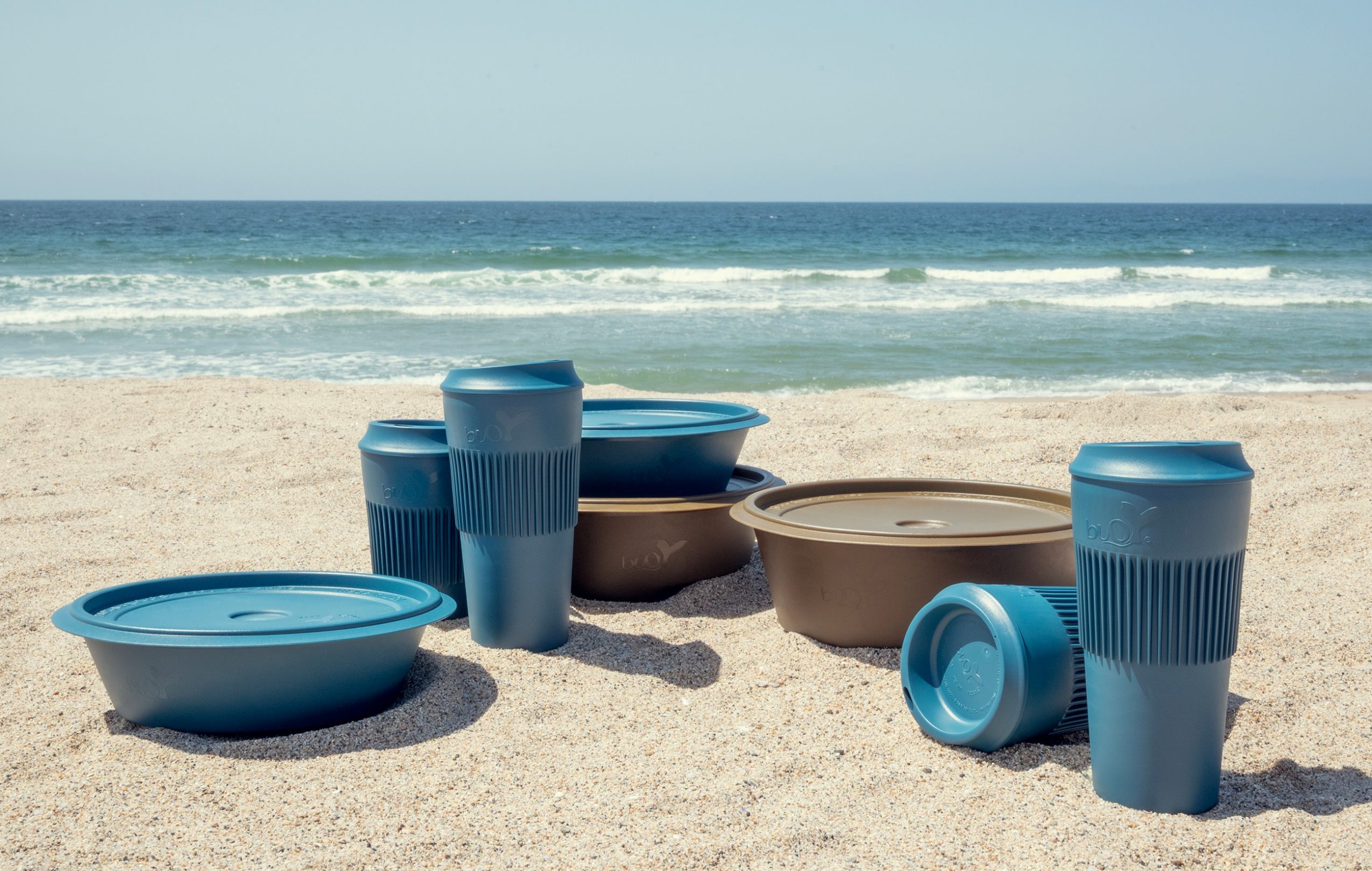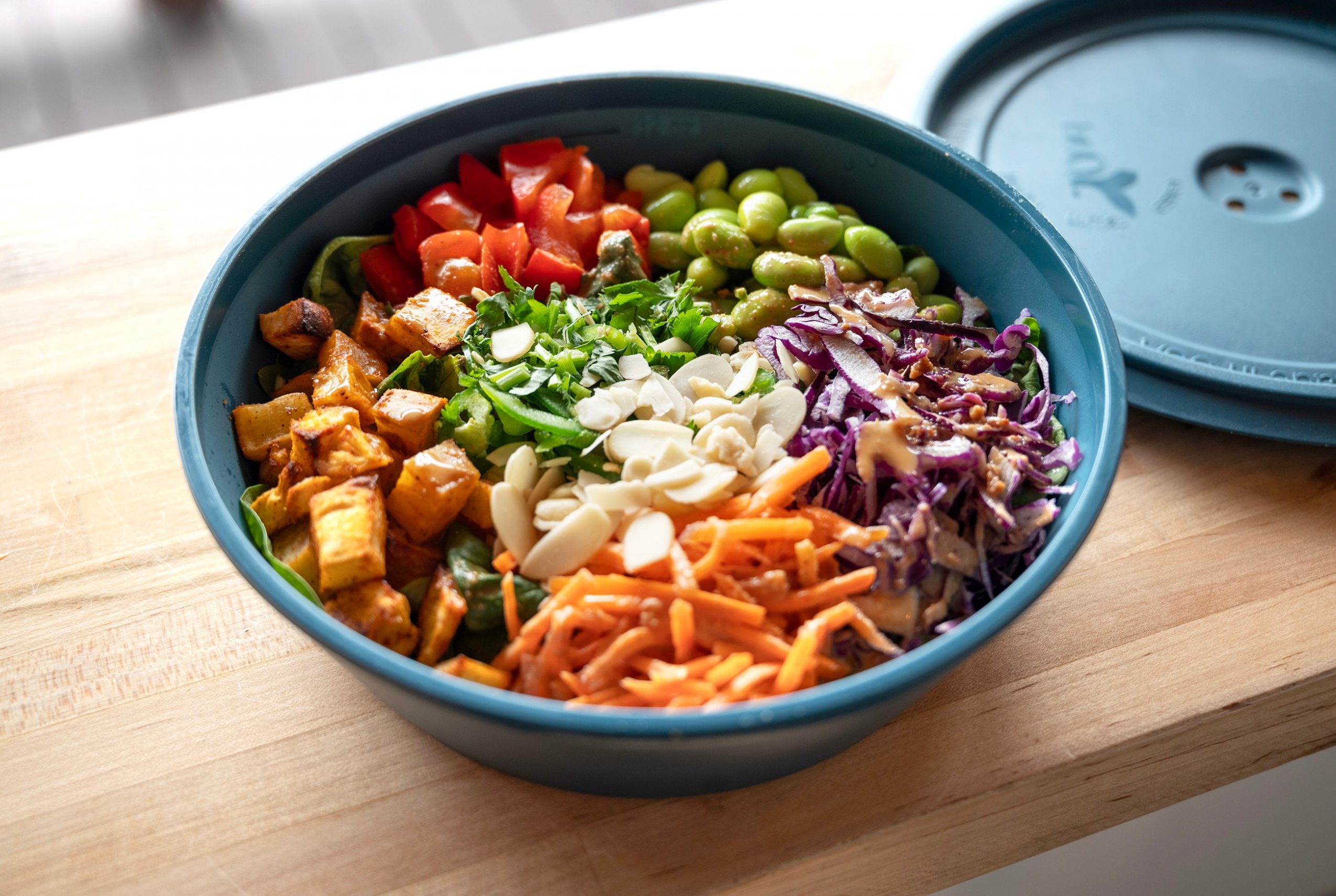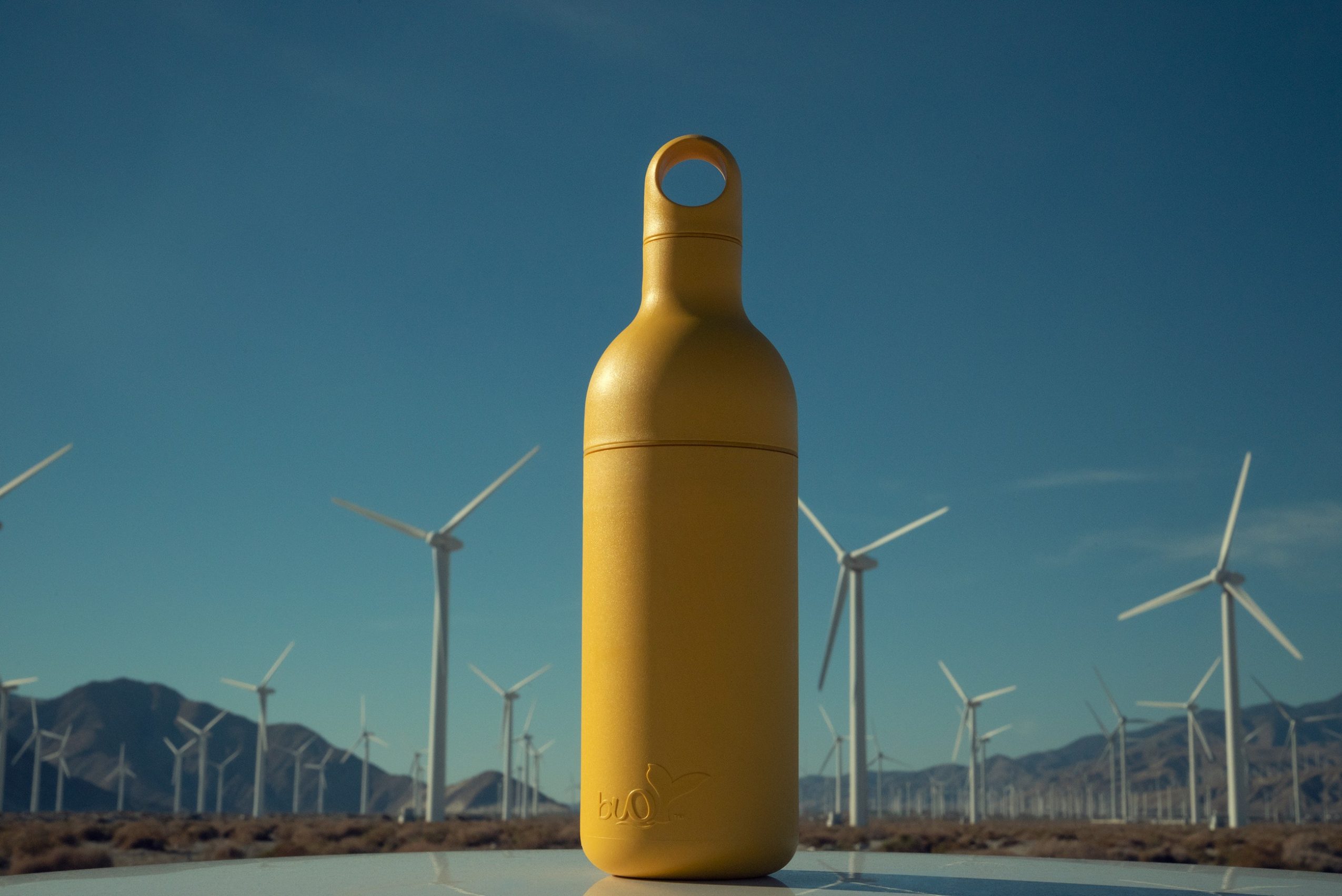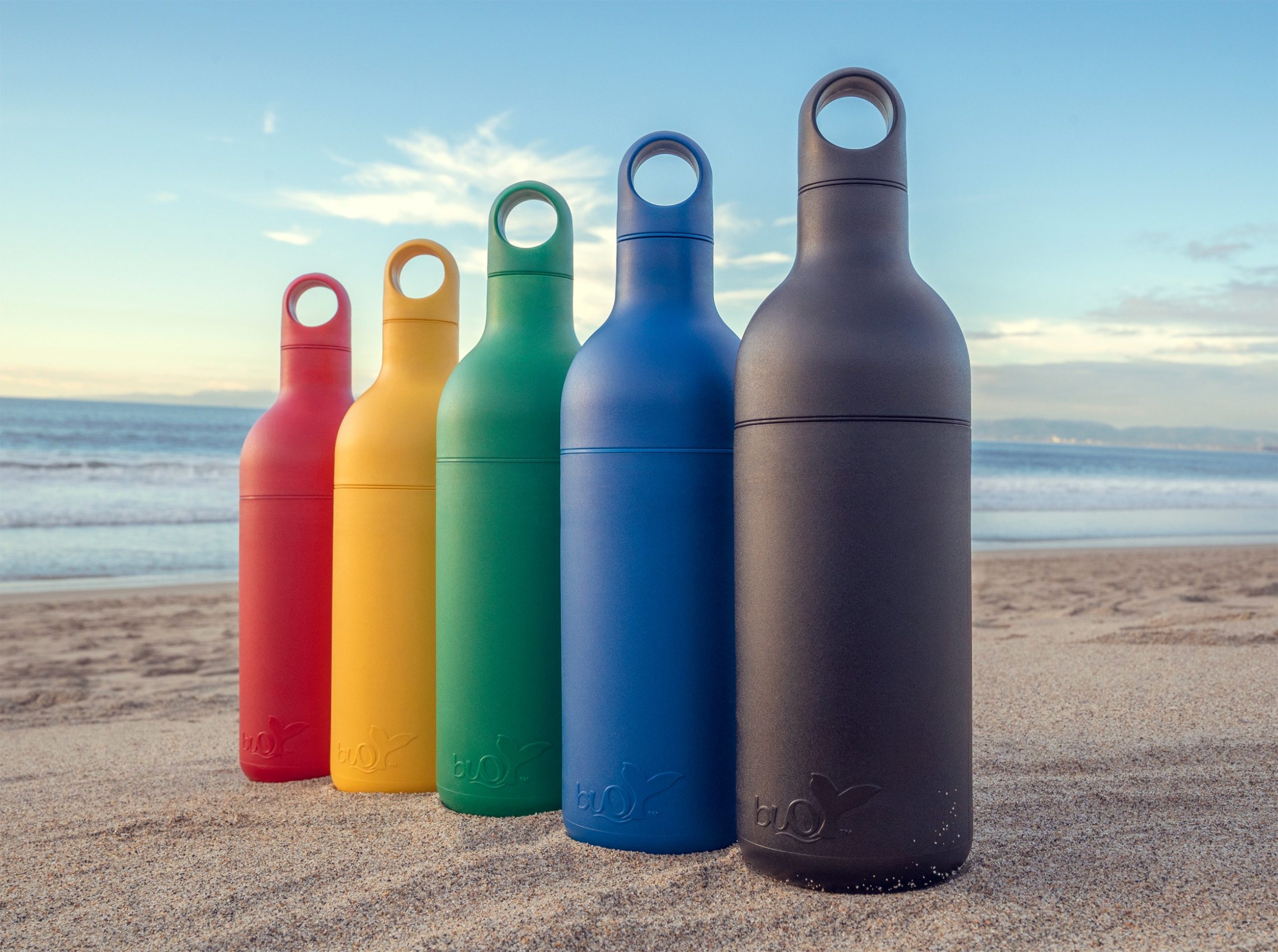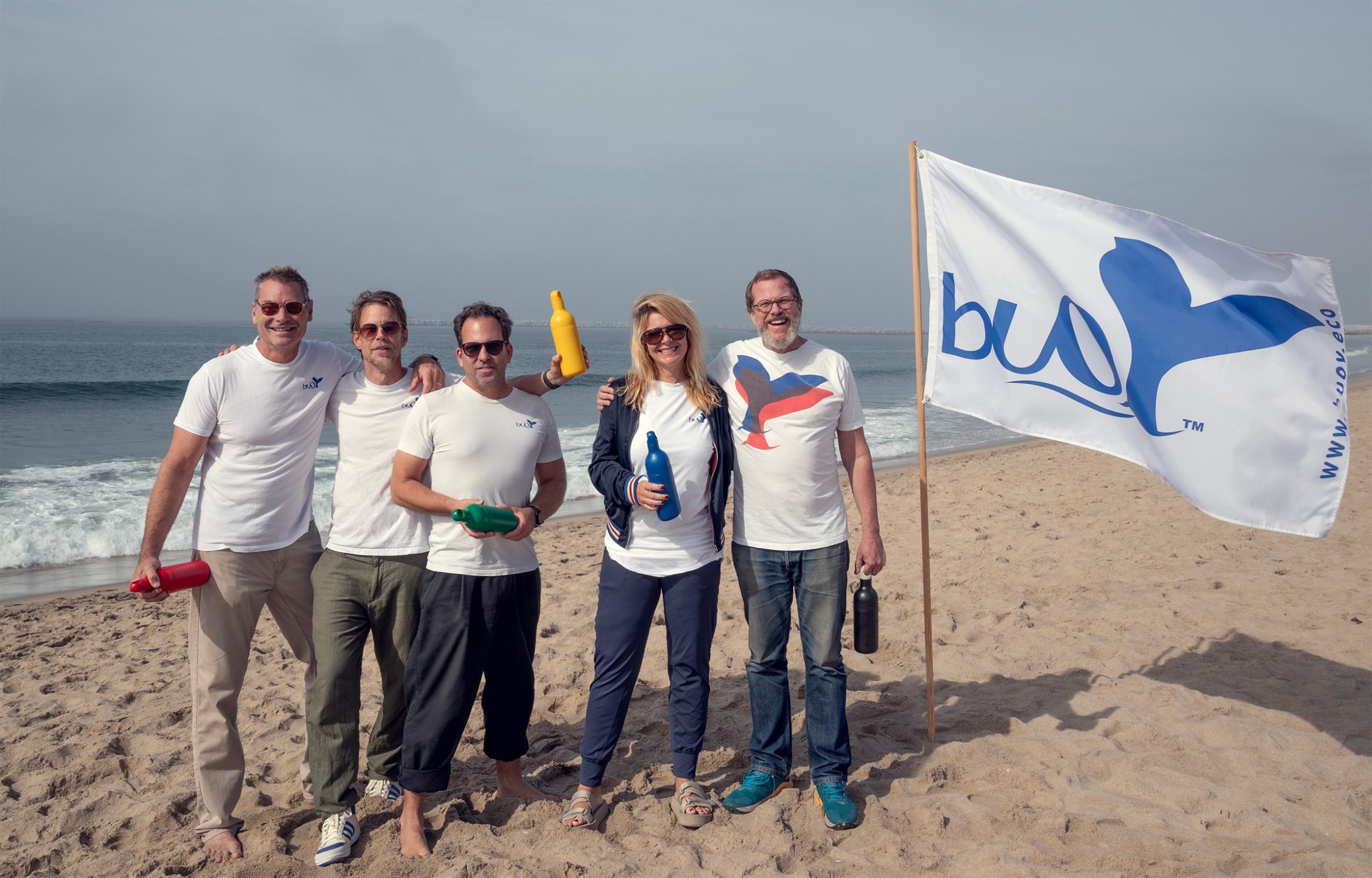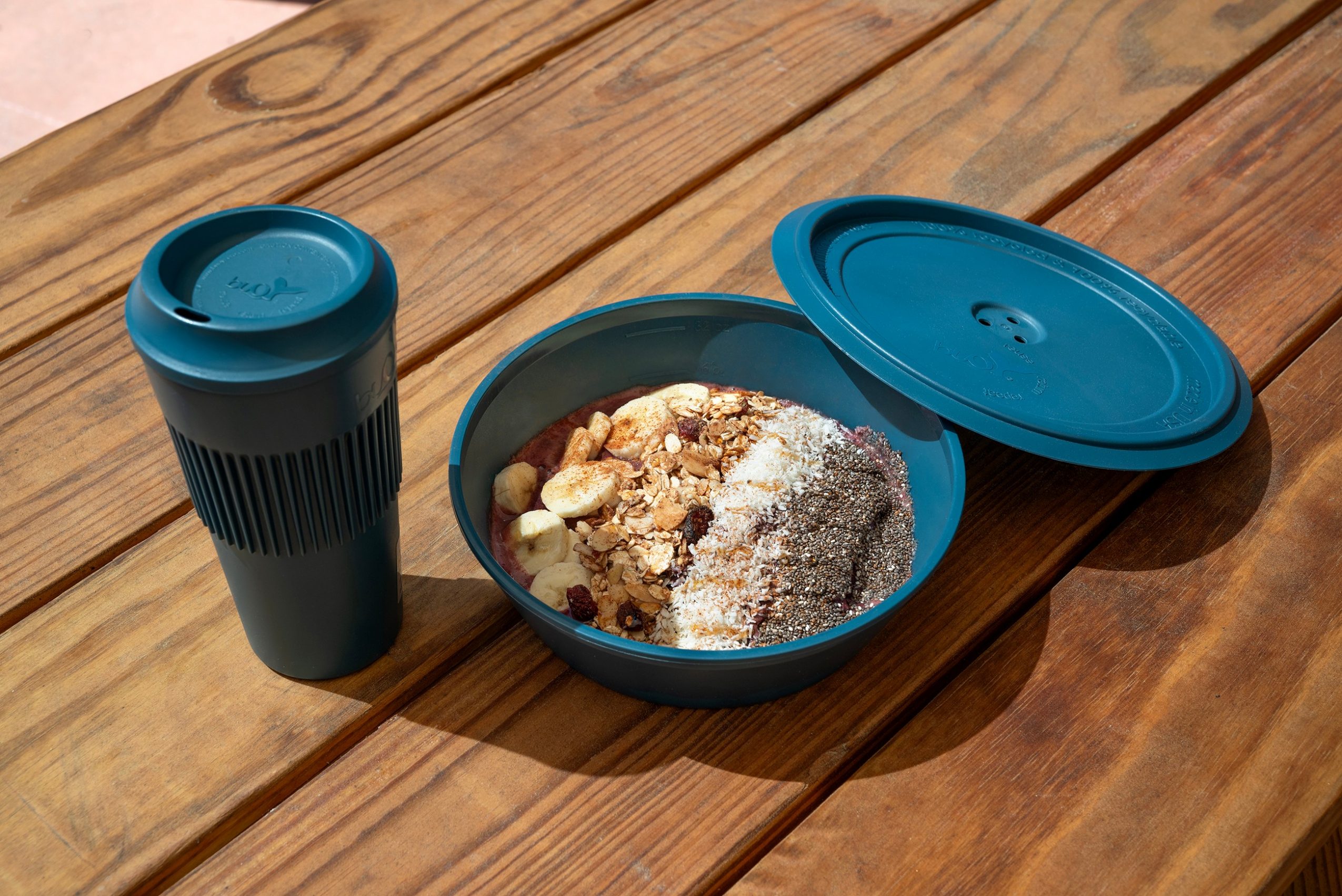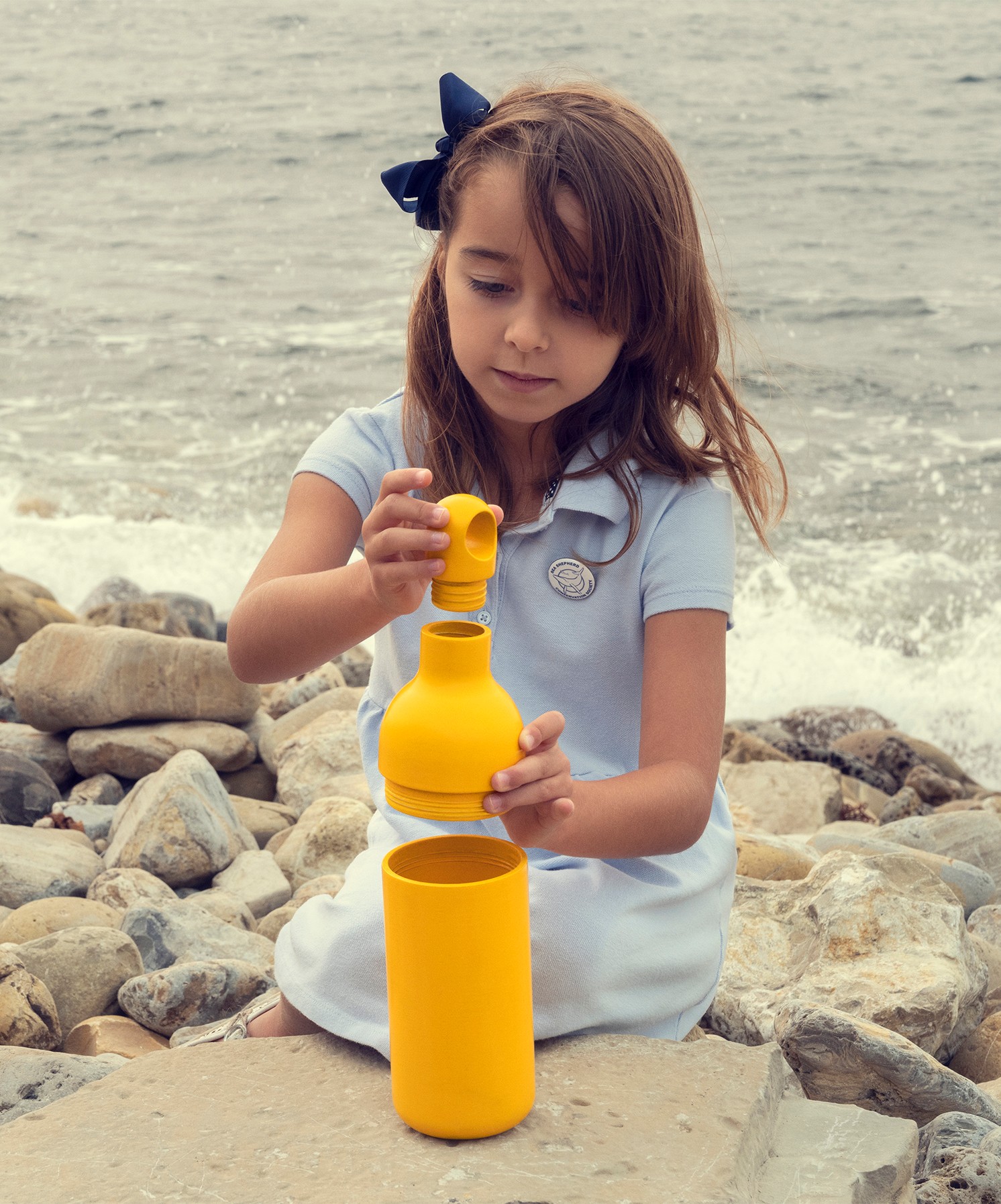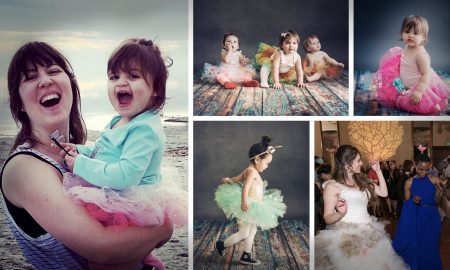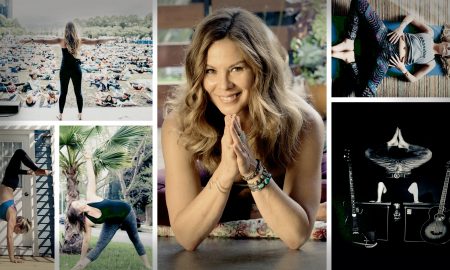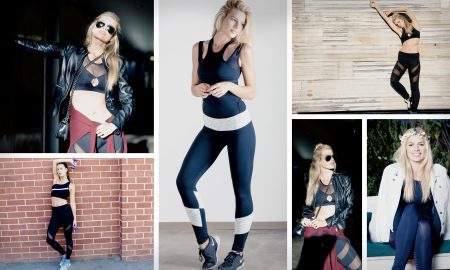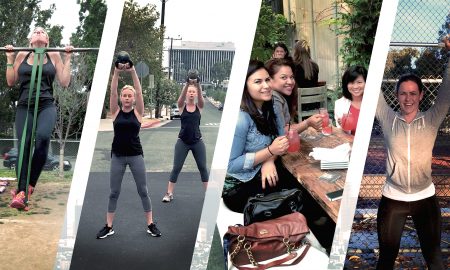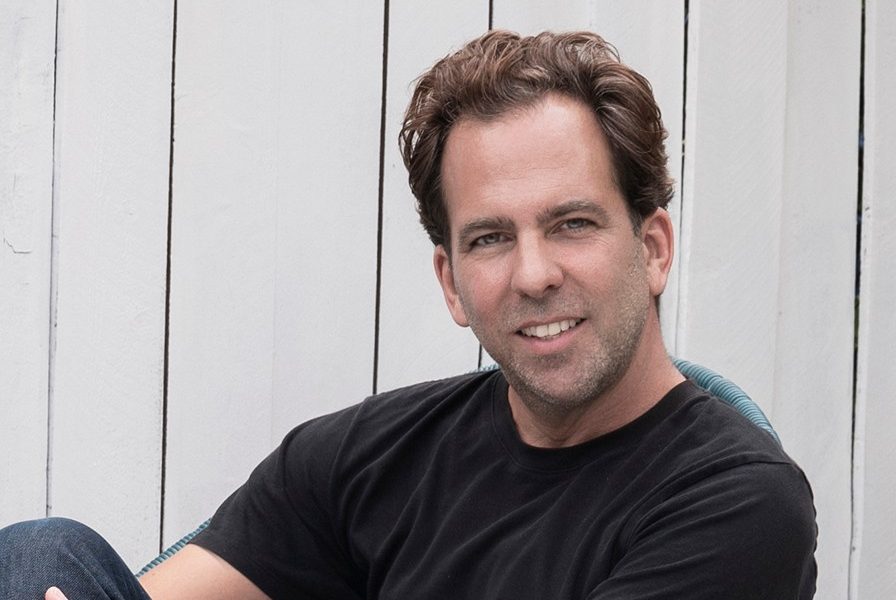

Today we’d like to introduce you to Rene Hallen.
Rene, we appreciate you taking the time to share your story with us today. Where does your story begin?
Buoy’s mission is to replace single-use bottles and food packaging for take-out with reusable containers made in an unprecedented way, until today that is. Our products are made from 100% recycled ocean-bound plastic (food-safe, BPA-Free HDPE), manufactured in California with solar energy, and 100% recyclable. Due to our unique local supply chain, the carbon footprint of our products is inherently carbon-negative.
Besides our products, we offer an app-based reuse-system for cities, restaurants, schools, airports and offices. We operate in different communities across California and Hawaii.
I grew up in Germany and moved in my early twenties to Paris to become a fashion photographer. After a successful career of 20+ years, I moved to Los Angeles in 2013. In my spare time I’m a passionate free diver (instructor and competitior) and spend as much time underwater as possible. Diving in waters around the world, I was directly confronted with ocean pollution, so five years ago, I decided to change my entire career and created Buoy.
In the beginning I wanted to design and manufacture a reusable water bottle so I asked my longtime friend Pascal Schaller, a very talented, award-winning product designer, if he would be interested in designing the bottle with me.
We created the Buoy bottle and founded Buoy together with our next partner in crime, Adrian Colesberry. He has a background in biomedical engineering, has an MBA, ran large Pharma-plants and has the knowledge to structure companies. In addition, he became the angel investor for Buoy.
My luck in finding amazing partners didn’t stop here!
Anouk Ziza joined us shortly after; she built her own startups and participated in developing 10+ others with her specialty in marketing strategy and overall knowledge in bringing start-ups to life.
Once we started developing our reusable foodware system, Sandro Reinhardt joined the team. He founded and owned several well-known restaurants in NY and LA and is the specialist we needed in order to create a system that works for restaurants and communities.
We now operate in 2 cities and 2 universities and are preparing to launch in 4 other cities.
Our bottle performs well in B2B: We have co-branded it with about 15 companies so far as they appreciate the uniqueness of the value proposition this bottle represents.
We just launched a campaign in order to develop the B2C roadmap for the bottle.
The design is quite special, the bottle has a second opening in the center part which allows dishwashing and fits larger ice cubes. But the fun part is that if you have 2 or more bottles of different colors you can mix and match parts between the bottles. Just to brag a bit, this feature caught the eye of the MoMA store in NY, and they will be most likely our first retailer for the bottle.
Alright, so let’s dig a little deeper into the story – has it been an easy path overall, and if not, what were the challenges you’ve had to overcome?
Has it been a smooth road? If not, what were some of the struggles along the way?
Was it a smooth road? Not at all! That said, we encountered many obstacles but also got very lucky in other areas. We were not incumbents in the plastics manufacturing space, so we had to trust injection molders we found online. Our first generation of the bottle wasn’t good enough to fulfill the enormous demand we got right after a Kickstarter campaign. We changed manufacturers four and had to re-do the molds for the bottle entirely in the end. The second gen version has existed for about one month now (Jan.’24), it took us nearly 4 years to get it right and for a start-up this can be easily the end. The lucky part in all this was the pandemic. It’s weird to say and of course this period of 3 years was devastating for many people, but Adrian managed to grow a successful business around covid-testing on movie sets, the profits of which he was willing to invest into Buoy. This is the reason Buoy still exists today! My career as a photographer was entirely cancelled the day of the lock down in March 2020 which gave me time to develop Buoy full time.
As you know, we’re big fans of Buoy LLC. For our readers who might not be as familiar, what can you tell them about the brand?
I’m the CEO and I came up with the initial business idea, but I needed a crash course in business, so I read about 25 books during the pandemic about how to build a successful start-up. I understood fast that if we wanted to be competitive, we needed to create a monopoly situation that would make us different from our competitors, so give us a head start. I realized that if we stopped at making products, we were not looking far enough into the future of reuse. To step into the service aspect, we developed a food ware tracking app that connects customers with restaurants. All our competitors have a reuse app. What sets us apart is that we are the only reuse system with our own designed and manufactured food ware made in the most sustainable way possible. All other systems buy their inventory mainly made from virgin materials that are not recyclable in the US and very often purchased overseas. In every city where we operate, we install a washing operation and set up the operation that recovers used containers from customers, cleans them and gives them back to restaurants. Most other systems have to pay a 3rd party washer, which is not always available and is always expensive.
I’m proud that we managed to stick 100% to our initial missions values and that we created a network across California and Hawaii, together with local government entities, that appreciate and understand our value proposition.
So maybe we end on discussing what matters most to you and why?
When I first got the idea to recycle ocean-bound plastic into consumer products, I only wanted to do it if it can be made from 100% recycled materials, I didn’t want to add any waste to this world but reduce it. Every container and bottle we make directly pays for collection operations of plastic that would otherwise go into the ocean. Together with my team we succeeded, even though most manufactures don’t like to work with recycled materials as variations in different batches can make it very complicated to get consistent results. We luckily found an amazing manufacturing partner who is specializes in recycled plastics and who, in addition, powers his plant with solar energy!
Pricing:
- 30oz Buoy bottle: $28
- 20oz Coffee cup: $12
- 32oz food container: $14
- 64oz food container: $18
Contact Info:
- Website: www.buoy.eco
- Instagram: https://www.instagram.com/buoyzero/
- Facebook: https://www.facebook.com/Buoyeco
- Linkedin: http://www.linkedin.com/company/buoy-zero
- Twitter: https://twitter.com/buoyzero
- Youtube: https://www.youtube.com/@Buoyzero

